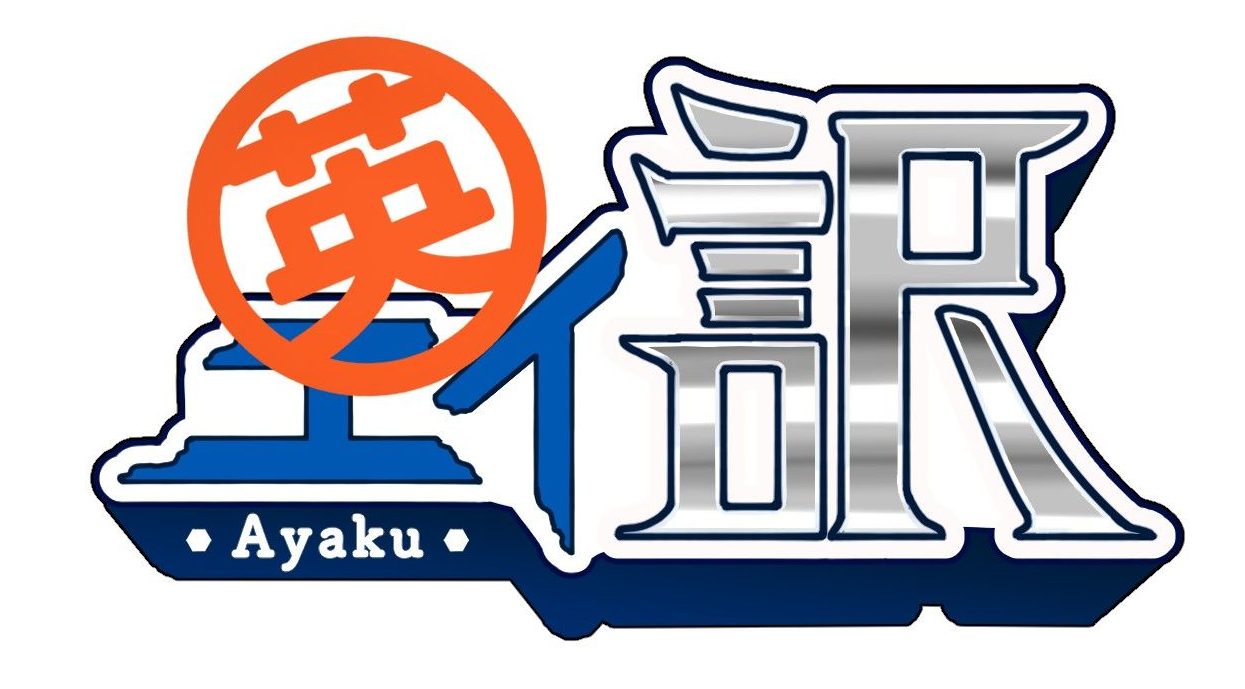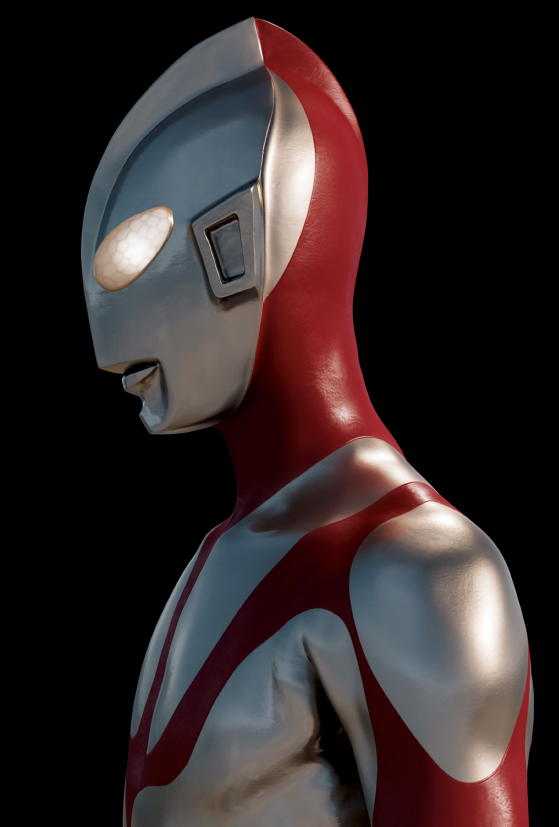
Director Shinji Higuchi won best director at Japan’s Academy Film Prize for Shin Godzilla (2016). His production team returns to take on the silver giant who will be getting his own reboot on the silver screens: Shin Ultraman.
A Future of Light
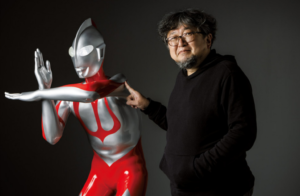
Like many tokusatsu works from the post World War II era like Godzilla, the original Ultraman (1966) series depicted the issues of the world at the time. Higuchi wanted to take the ideas from the old series and bring them into the modern world. One of the issues though, was the fact that he had 39 episodes worth of content. Luckily, he wasn’t alone. His codirector from Shin Godzilla, Hideaki Anno, returned to this new installment as writer. Anno took iconic scenes from the original series and adapted them into a story for old and new fans.
Higuchi wanted to take this opportunity to explore these questions: to Ultraman, who has an intertwining relationship between Earth and the cosmics, what does it mean to be human? How has humanity lived? What awaits them in the future?
Shinji Higuchi believes that humans can still make it. He wanted to create a story with a hopeful future. But in order to do so, he must revisit the past.
Shin Ultraman’s Design

Many were surprised that Shin Ultraman would not have a practical suit or even a Color Timer on its design. Higuchi had a really good reason for that however. He wanted to do justice for the late Tohl Narita, the original designer of Ultraman.
The design of Shin Ultraman was based on Tohl Narita’s oil painting titled The Incarnation of Truth, Justice, and Beauty which he painted in 1983. The illustration depicts Ultraman as Narita originally envisioned. During the production of the original series, there were many tweaks and additions added to Narita’s design: such as peepholes below the eyes, the “dorsal fin” on the back which houses the zipper, and the Color Timer on the chest. In addition to that, the suit was spray painted and looked more like clothing than alien skin. Needless to say, Narita wasn’t pleased with the results. In order to pay tribute to the late Narita, Higuchi utilized CGI.

With CGI, the animators were able to give the skin of the giant hero a metallic do-over with reflective qualities. Since everything was digitally made, everything fit “seamlessly”.
The body proportions of Shin Ultraman were based Bin Furuya’s scan data, the suit actor of the first Ultraman. In order to bring the feel of the 1966 show, footage of the original series were traced over. Furuya’s motion capture data was used as a visual guide during production. Also, Anno was one of the motion capture actors as well, who mimicked some of Furuya’s movements on set.
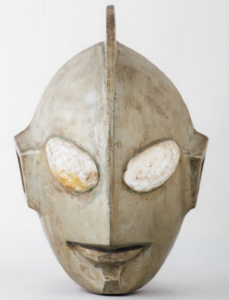
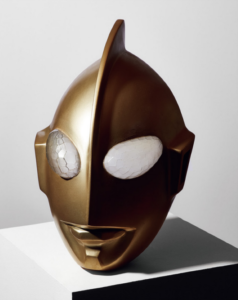
Akira Sasaki, who worked on the original series with Narita, created a mask (left) back in the late 60s. That same mask was scanned and used as the CGI base for Shin Ultraman. The sharp and precise design were based on Narita’s original vision of Ultraman.
One of the most subtle trait of the giant hero’s face was the faint smile; which is what Narita envisioned a strong man would have on his face during an intense battle. In addition to that, the eyes had a grid-like texture that is referred to as the daiya katto or diamond texture.
Shin Ultraman premiered in theaters across Japan on May 13, 2022 and has grossed over 900,000,000 yen in its opening week.
Source: Pen June 2022 Issue, Shin Ultraman Design Works, Mantan-Web
All English translations are accredited to Ayaku Web staff members. Please do not repost without crediting and directly linking back to the original Ayaku Web article.
